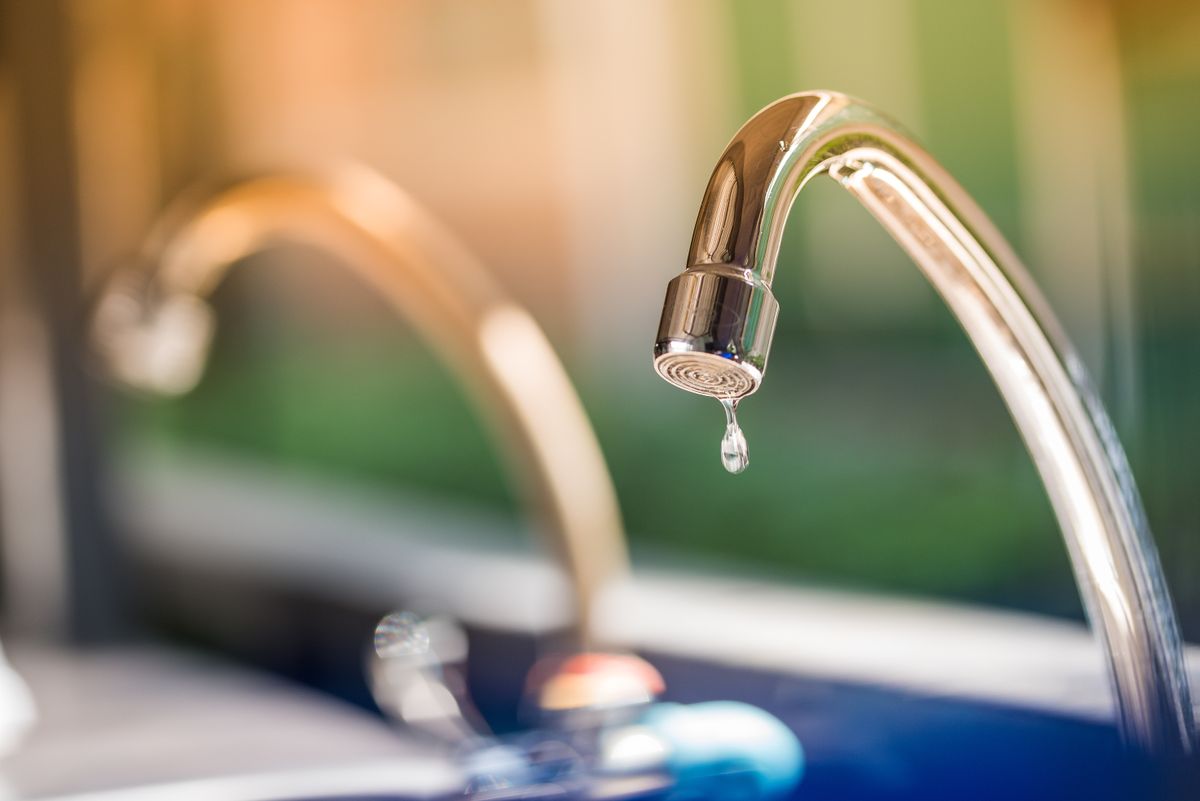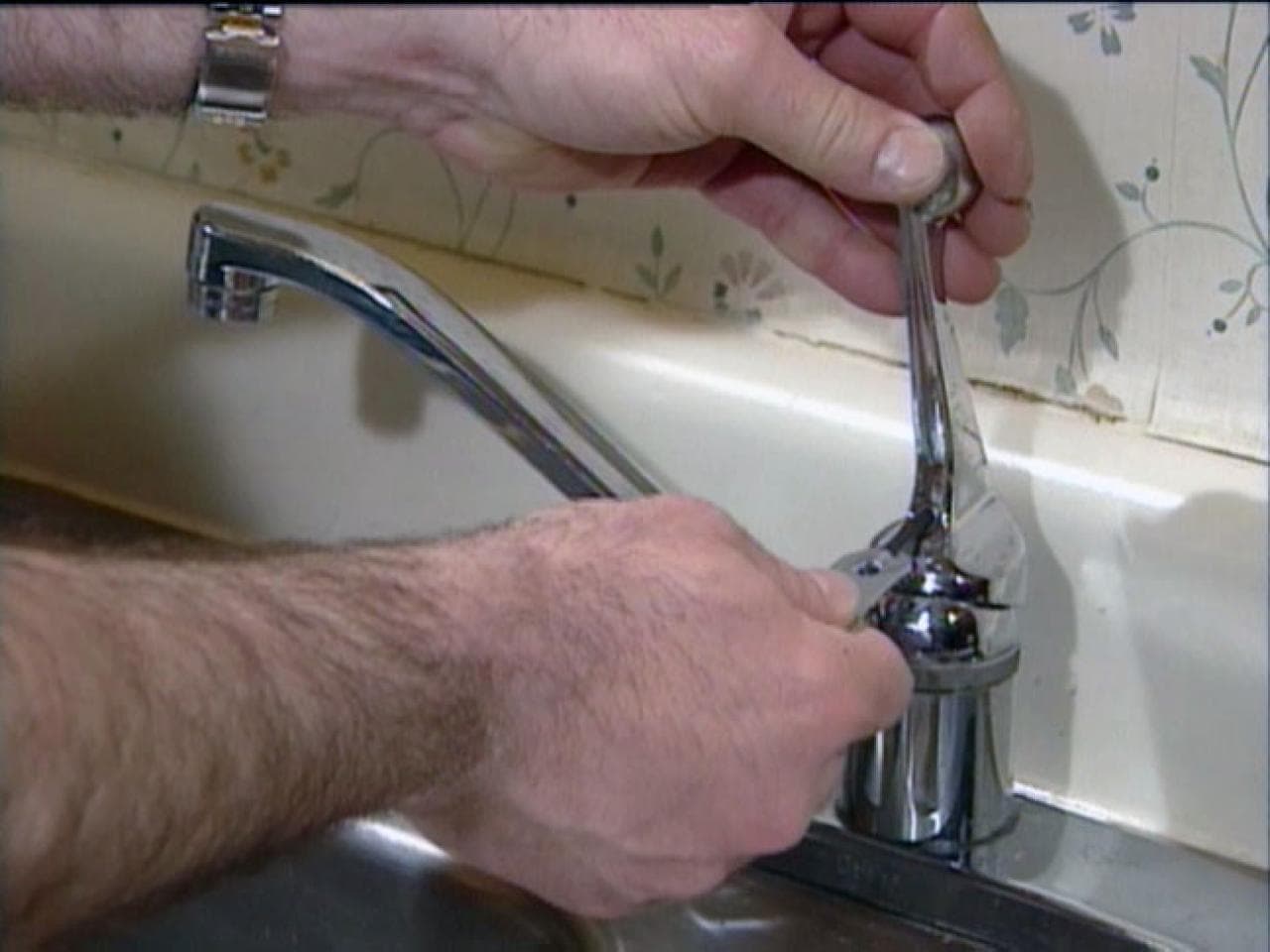Just how do you actually feel on the subject of Why Is It Important To Fix Your Leaking Tap/Faucet??

Leaking faucets could appear like a small hassle, but their influence surpasses just the inconvenience of the sound. From drainage to incurring unnecessary economic expenses and health risks, overlooking a leaking faucet can cause various effects. In this short article, we'll look into why it's vital to address this typical house problem without delay and efficiently.
Wastefulness of Water
Ecological Effect
Trickling taps contribute significantly to water wastage. According to the Epa (EPA), a single tap dripping at one drip per second can squander greater than 3,000 gallons of water per year. This not just pressures water resources but likewise influences ecosystems and wildlife dependent on them.
Step-by-Step Overview to Repairing a Dripping Tap
Devices Required
Prior to attempting to fix a dripping faucet, collect the required devices, including an adjustable wrench, screwdrivers, substitute parts (such as washing machines or cartridges), and plumber's tape.
Common Tap Issues and Their Solutions
Identify the type of faucet and the specific problem creating the drip. Common issues consist of worn-out washers, rusty valve seats, or malfunctioning O-rings. Describe manufacturer directions or on-line tutorials for detailed advice on fixings.
Financial Costs
Increased Water Expenses
Past the ecological effect, trickling taps can inflate water expenses considerably. The collected wastage with time translates right into greater energy expenses, which might have been avoided with prompt repairs.
Potential Residential Property Damage
Moreover, extended trickling can lead to damage to components and surfaces surrounding the tap. Water buildup can create staining, rust, and also structural concerns if left ignored, causing additional repair work costs.
Health and wellness Concerns
Mold and Mildew Development
The consistent existence of moisture from a leaking tap creates an excellent environment for mold and mildew and mold growth. These fungis not only endanger indoor air top quality yet also posture health risks, particularly for individuals with respiratory problems or allergies.
Waterborne Diseases
Stationary water in dripping faucets can become a breeding ground for microorganisms and other virus, enhancing the risk of waterborne illness. Contaminants such as Legionella microorganisms flourish in stationary water, potentially leading to significant ailments when consumed or inhaled.
DIY vs. Expert Repair
Pros and Cons of Do It Yourself Repair
While some may try to repair a leaking tap themselves, DIY repair services include their very own set of difficulties. Without correct understanding and tools, do it yourself attempts can worsen the concern or bring about incomplete repair work, extending the issue.
Benefits of Employing an Expert Plumber
Hiring an expert plumber guarantees that the underlying cause of the leaking tap is resolved effectively. Plumbing professionals possess the know-how and equipment to identify and fix faucet concerns successfully, conserving time and reducing the risk of additional damages.
Ecological Duty
Specific Contribution to Preservation
Taking duty for taking care of leaking faucets straightens with more comprehensive efforts towards water conservation and ecological sustainability. Every individual's activities jointly make a significant impact on protecting valuable resources.
Sustainable Living Practices
By prioritizing prompt repair work and adopting water-saving habits, people add to sustainable living practices that profit both present and future generations.
Preventive Measures
Routine Maintenance Tips
To stop trickling taps, carry out routine upkeep such as cleaning aerators, evaluating for leakages, and changing worn-out components promptly. In addition, think about installing water-saving gadgets or upgrading to a lot more efficient fixtures.
Relevance of Prompt Fixes
Addressing dripping taps as soon as they're noticed stops further water wastefulness and potential damages, eventually saving both water and money over time.
Effect On Home Worth
Understanding of Well-Maintained Residential Or Commercial Property
Keeping a building in good condition, including resolving maintenance problems like leaking faucets, enhances its viewed worth and desirability among possible buyers or occupants.
Impact on Resale Worth
Residences with well-maintained plumbing fixtures, including faucets, command higher resale values in the property market. Resolving dripping faucets can contribute to a positive impression throughout home examinations and negotiations.
Conclusion
Dealing with a dripping faucet surpasses simple ease; it's an important step toward conserving water, minimizing monetary expenses, and safeguarding wellness and property. Whether with do it yourself repair work or expert support, taking action to deal with trickling faucets is a small yet impactful means to advertise responsible stewardship of sources and contribute to a much healthier, extra sustainable future.
How to Fix a Leaky Faucet: Step-by-Step Repair Guide
A leaky faucet may seem like a simple annoyance, but if it's not fixed promptly, that leak could cost hundreds to potentially thousands. From water damage to mold, mildew, and high water bills, even a tiny leak can be catastrophic if left unattended. Damage like this can even affect the overall value of your home, so it's important to take the right approach for leaky faucet repair. You may need the help of a plumber in some cases, but we've got a few tips you can try on how to fix a leaky faucet before calling the pros.
Four Faucet Types
When you're learning how to fix a leaky faucet, the first step is knowing what kind of faucet you're working with! There are four common types.
Cartridge Faucets
Cartridge faucets come in one- or two-handled varieties. In one-handled cartridge faucets, hot and cold water combines in a single cartridge. In the two-handled versions, hot and cold water are controlled separately and mixed in the faucet.
Ball Faucets
Ball faucets have a single lever you push up and down to adjust the pressure and rotate to change the temperature. A slotted metal ball controls the amount of water allowed into the spout.
Compression Washer Faucets
They're the oldest type of faucet, but they're still used in many homes — especially older ones. Compression faucets have two separate handles that, when turned, raise or lower the washer that seals a water valve. This valve stops water from flowing through the faucet when it is turned off.
Disc Faucets
Disc faucets rarely need to be repaired due to their maintenance-free design. The water flow is controlled by two discs — the upper one raises and lowers against a fixed lower disc, creating a watertight seal. If your disc faucet starts leaking, you may need to replace the seals or clean residue buildup from the inlets.
Fixing a Leaky Faucet
Step 1: Turn Off the Water
Whether you're learning how to fix a leaky bathtub faucet or how to fix a leaky kitchen faucet, always turn off the water supply to your working area when you're fixing a leak. The last thing you want is a flood added to your list of things to fix.
Look for the shutoff valves below your sink or around the tub and turn them clockwise to stop the water flow. If your faucet doesn't have shutoff valves, you may need to turn off the water for the whole house. Check to make sure it's off by turning the faucet on. If nothing comes out, you're ready to start the repair.
Step 2: Take Apart the Faucet
How you disassemble your faucet depends on the type of fixture you have. You can use a flathead screwdriver to remove the caps on top of the handle or handles for cartridge and compression faucets. Inside, you should see handle screws. Unscrew these with a screwdriver to remove the handle.
Disc- and ball-style faucets will typically have an inlet screw near the handle, and removing that will reveal the interior of the faucet.
Detach the Valve Stem
For cartridge- and compression-style faucets, you'll see the inner valve stem or cartridge once you remove the faucet handles. If you have a compression faucet, unscrew the brass valve stem. If you have a cartridge faucet, pull out the cartridge. If your cartridge has been in place for a while, it may require some tools or extra force to remove it due to mineral deposits.
Examine and Replace Parts
Once you've removed the parts, check them out to confirm what needs to be replaced. You may see corroded rubber washers, O-rings, stems, or cartridges. On a ball-style faucet, check the seats and springs for damage.
If you need to repair a leaky disc faucet, check the inlet and seals on the lower disc.
Once you determine what parts must be replaced, visit your local hardware store. Bring the damaged parts with you to ensure you can purchase the correct components to replace them.
Clean Valves and Faucet Cavity
If you've removed a stem or cartridge, you may notice mineral buildup in the faucet's threads. Use white vinegar to clean the valve seat by soaking it for a few minutes, then scrub it away with a soft toothbrush and rinse with warm water. You can also clean the interior of the faucet in the same way.
Reassemble the Faucet
Once your faucet is cleaned and the required parts have been replaced, it's time to reassemble it. Put the pieces back together and slowly turn the water supply back on. Doing this slowly is crucial because too much initial water pressure can damage the new hardware you've just installed.
https://homewarranty.firstam.com/blog/how-to-fix-leaky-faucet

As a reader on Leaky Faucets: Why They Happen & What to Do About Them, I figured sharing that piece of content was mandatory. Sharing is nice. Helping people is fun. I cherish your readership.